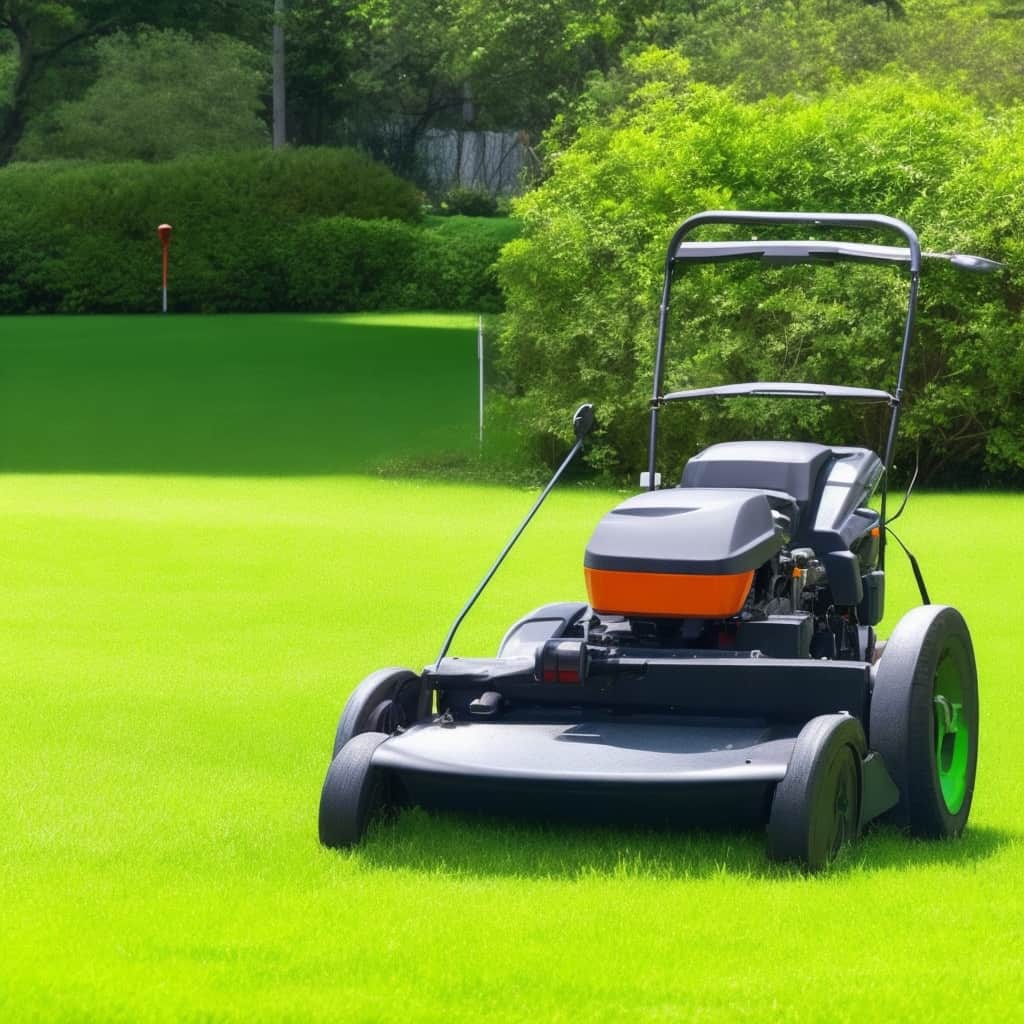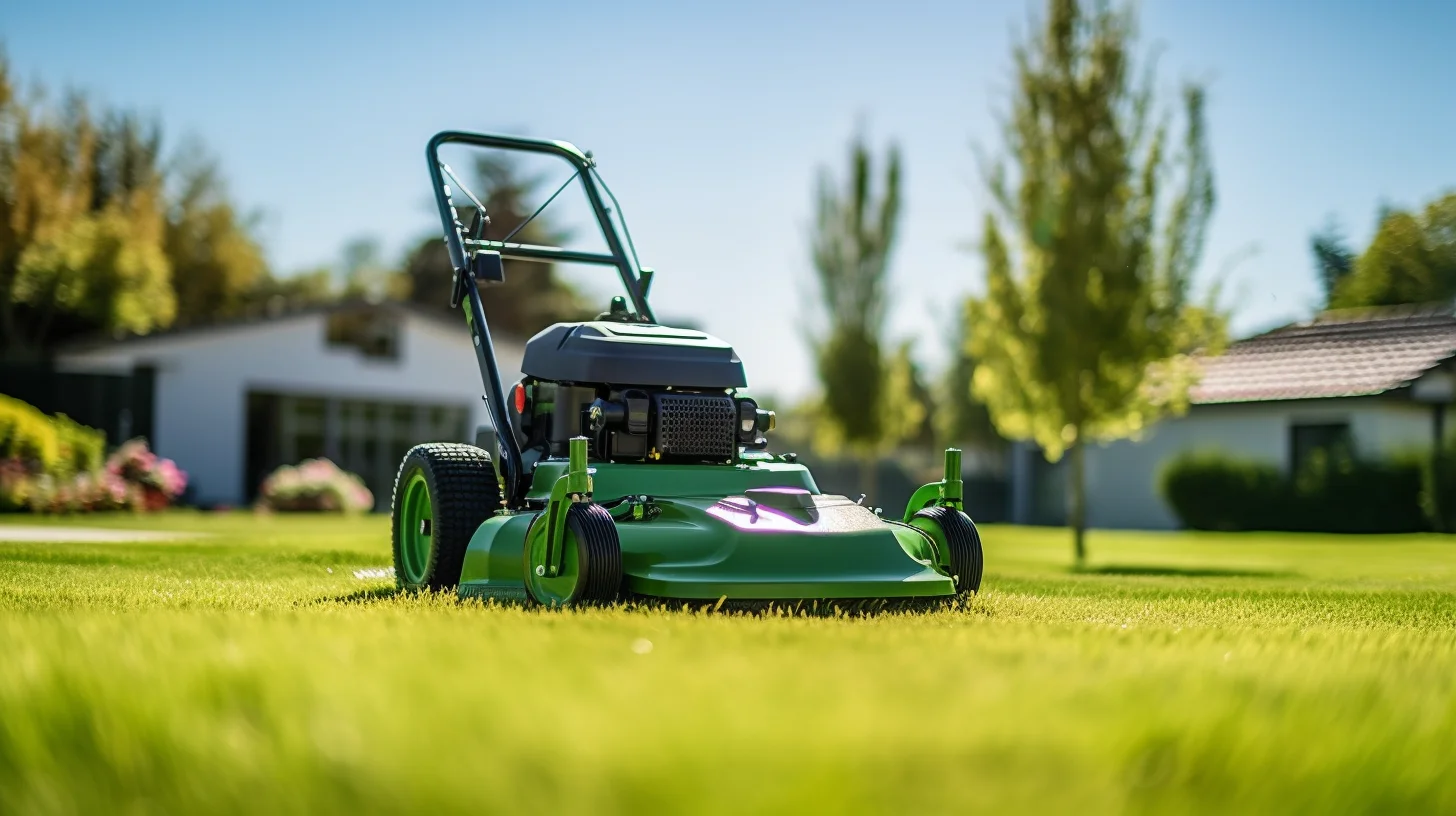Introduction
A well-maintained lawn is not only visually appealing but also provides a space for outdoor activities and enhances the curb appeal of a property. To achieve a picture-perfect lawn, proper lawn mowing techniques are crucial. In this article, we will delve into the art of lawn mowing and provide you with tips and tricks to help you achieve a pristine lawn.
Understanding Your Lawn
Before diving into the mowing process, it is essential to understand your specific lawn type. Factors such as grass species, soil composition, and climate conditions play a significant role in determining the mowing techniques and frequencies required for your lawn. Different grass types have different growth habits and mowing height requirements. For instance, Bermuda grass thrives when mowed at a height of 1.5 to 2 inches, while Kentucky bluegrass prefers a height of 2.5 to 3.5 inches. Understanding these nuances will help you tailor your mowing practices accordingly.
Choosing the Right Equipment
Selecting the right lawn mower is crucial for achieving optimal results. There are various types of lawn mowers available, including push mowers, self-propelled mowers, and riding mowers. The choice of mower depends on the size and terrain of your lawn. Push mowers are suitable for smaller lawns, while self-propelled mowers are ideal for larger areas. Riding mowers are best suited for vast expanses of land. Consider the pros and cons of each type and make an informed decision based on your specific needs.
Preparing Your Lawn for Mowing
Proper preparation of the lawn before mowing is essential for achieving a clean and even cut. Start by removing any debris, such as sticks or stones, from the lawn. Trim the edges of the lawn using a string trimmer or edger to create a neat boundary. Clear any obstacles, such as children’s toys or garden hoses, to ensure safe and uninterrupted mowing. Additionally, check for any hidden objects, such as sprinkler heads, that may get damaged during the mowing process. Adjust the mower’s cutting height according to the recommended height for your grass type.
Mowing Techniques
Mowing Height
Setting the correct mowing height is crucial for the health and appearance of your lawn. The ideal mowing height varies depending on the grass species and current weather conditions. Mowing too low can stress the grass and make it more susceptible to weeds and diseases, while mowing too high can lead to a thatch buildup. Refer to guidelines specific to your grass type to determine the ideal mowing height. For example, St. Augustine grass should be mowed at a height of 3.5 to 4 inches, while Kentucky bluegrass should be mowed at a height of 2.5 to 3.5 inches.
Mowing Patterns
Mowing in different patterns not only adds visual interest but also promotes healthier grass growth. Diagonal mowing patterns create a diamond-like effect, while striping patterns create a neat and professional appearance. Alternating mowing directions prevents the grass from leaning in one direction and promotes even growth. To achieve these patterns, start by mowing the perimeter of the lawn and then work your way inward. Use landmarks, such as trees or shrubs, as reference points to ensure straight lines.
Avoiding Scalping and Overlapping
Scalping occurs when the grass is cut too short, leading to stress and damage. To avoid scalping, adjust the mower’s cutting height to the appropriate level for your grass type. If your lawn has uneven areas, consider mowing those sections separately at a higher cutting height. Overlapping mowing lines is crucial to ensure an even cut and avoid missed spots. Aim for a 20% overlap between each pass to achieve a seamless finish.
Mowing Frequency and Timing
The frequency of mowing depends on the grass growth rate, season, and weather conditions. During the growing season, it is generally recommended to mow the lawn once a week. However, adjust the frequency as needed based on the growth rate of your grass. Avoid mowing when the grass is wet, as it can result in clumping and an uneven cut. Mow when the grass is dry to achieve a cleaner and more precise cut.
Proper Lawn Mower Maintenance
Regular maintenance of your lawn mower is essential to ensure optimal performance and longevity. Sharpen the mower blades regularly to ensure a clean cut and prevent tearing of the grass. Clean the mower deck after each use to remove clippings and debris that can clog the mower’s cutting mechanism. Check the oil levels and change the oil as recommended by the manufacturer. Inspect and clean the air filters to ensure proper airflow and prevent engine damage. Following a regular maintenance checklist will extend the lifespan of your mower and ensure consistent performance.
Dealing with Clippings
Leaving grass clippings on the lawn can provide natural fertilization and help retain moisture. However, excessive clippings can smother the grass and create an unsightly appearance. To manage excessive clippings, consider mowing more frequently to reduce the amount of clippings produced. Alternatively, use a mulching mower that finely chops the clippings and disperses them back into the lawn. If desired, bag the clippings and use them as compost or dispose of them properly.
Troubleshooting Common Lawn Mowing Issues
Even with proper techniques, common lawn mowing issues may arise. Uneven cutting, scalping, or mower tracks are some of the problems that can occur. To address uneven cutting, adjust the mower’s cutting height and ensure the blades are sharp. If scalping occurs, raise the cutting height and mow more frequently to avoid cutting off too much grass at once. Mower tracks can be minimized by varying the mowing patterns and directions. Repair any damaged areas promptly by reseeding or sodding to maintain a uniform appearance.
Conclusion
Achieving a picture-perfect lawn requires more than just regular mowing. Understanding your lawn, choosing the right equipment, and employing proper mowing techniques are essential steps towards a beautiful and healthy lawn. By following the tips and techniques discussed in this article, you can create a lawn that enhances the overall aesthetics of your property and provides a space for outdoor enjoyment. Remember to tailor your mowing practices to your specific lawn type and adjust accordingly based on the season and weather conditions. With dedication and proper care, your lawn will be the envy of the neighborhood.


